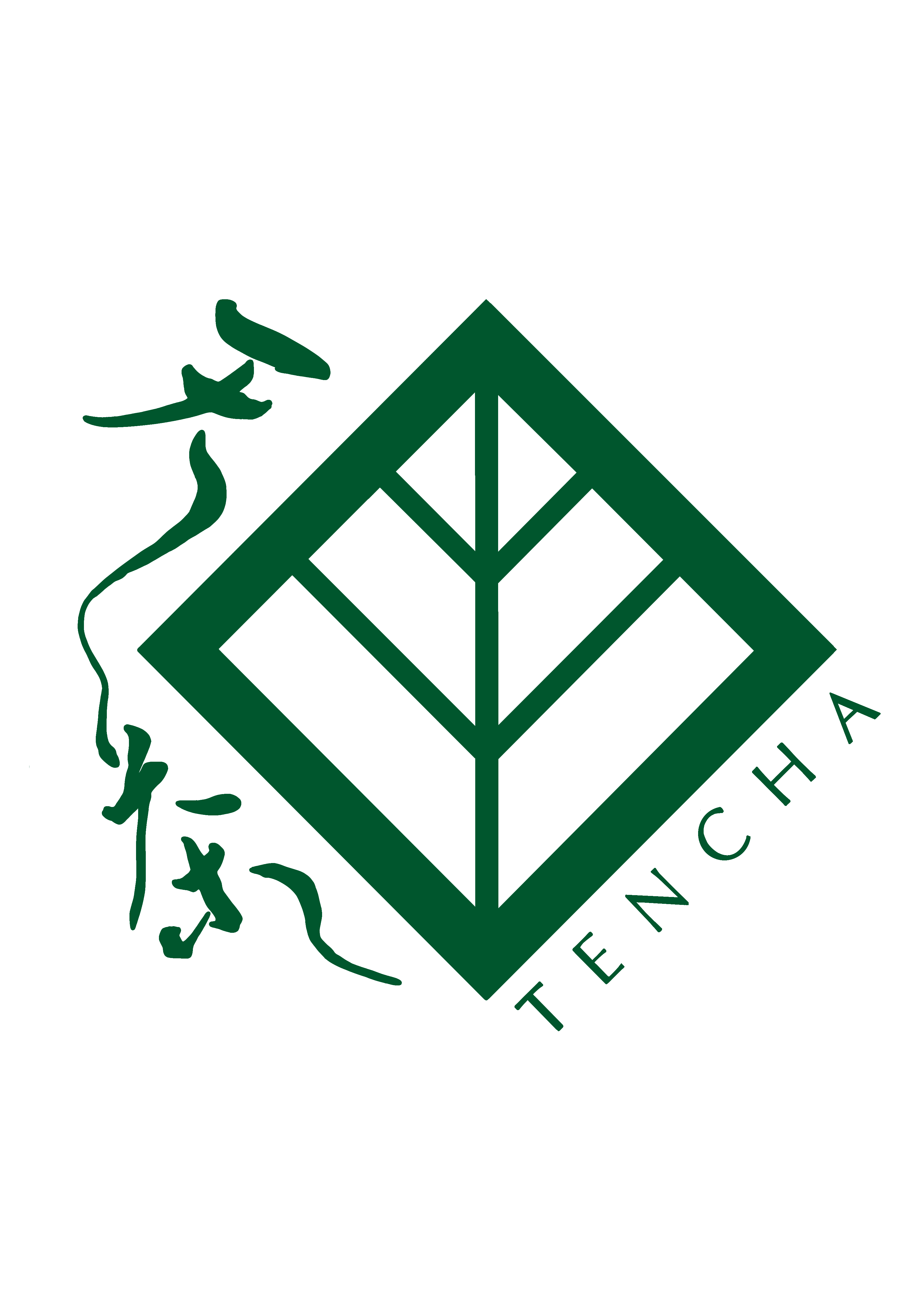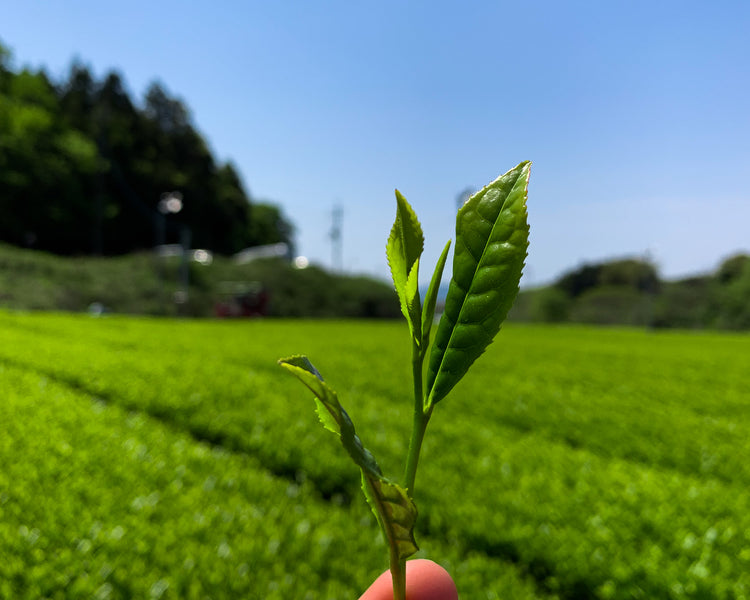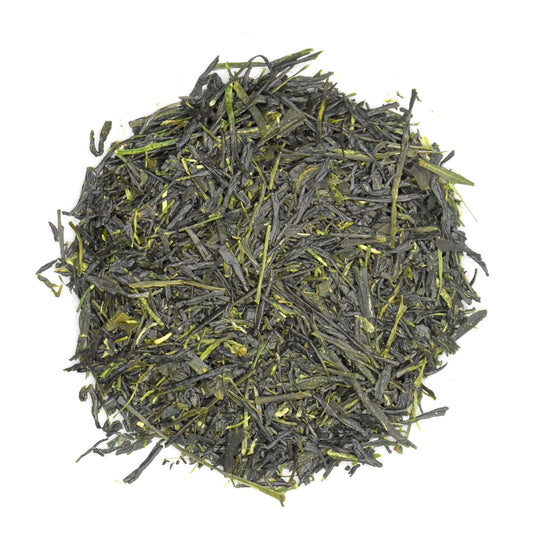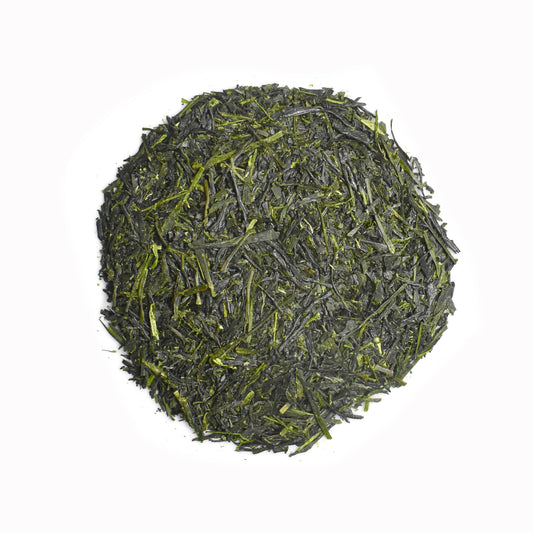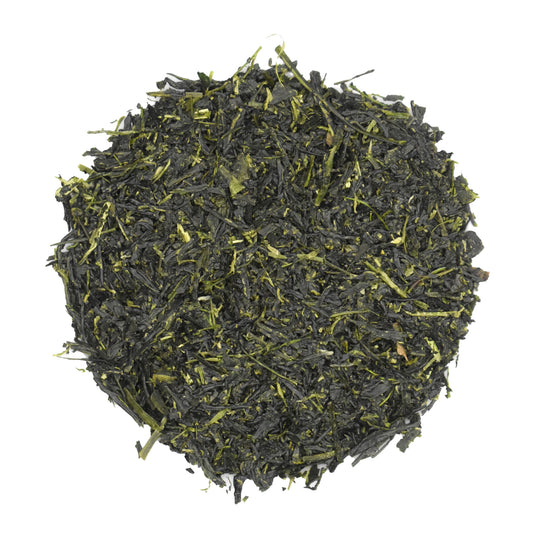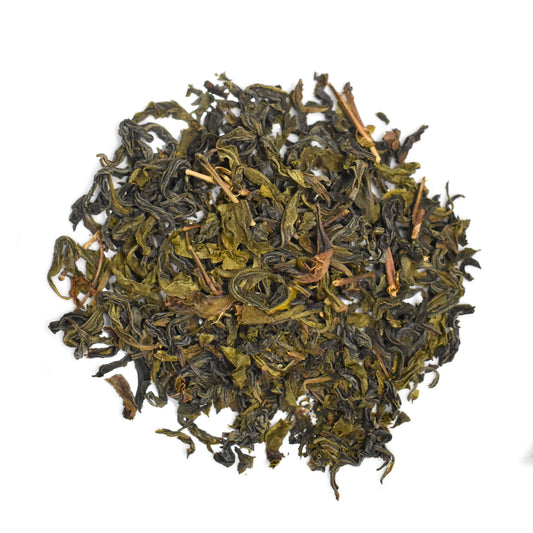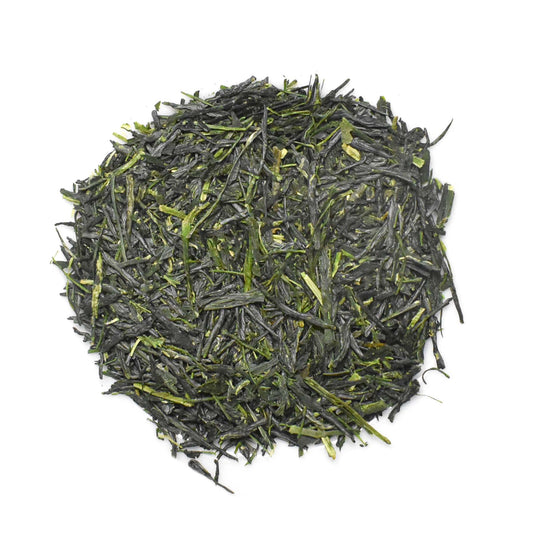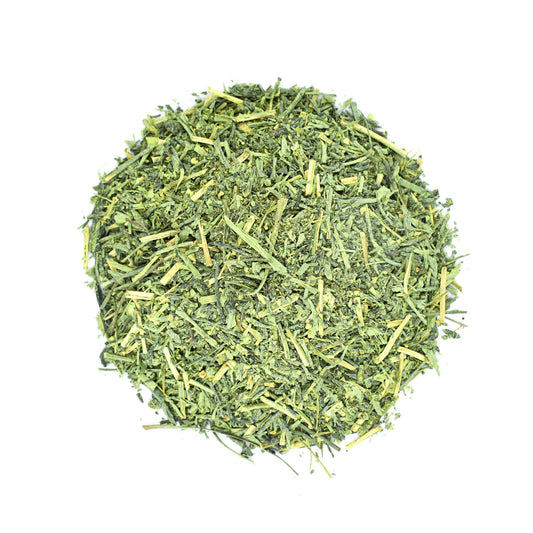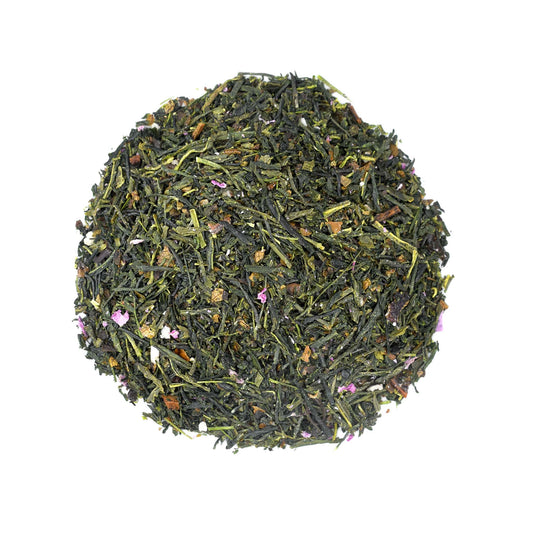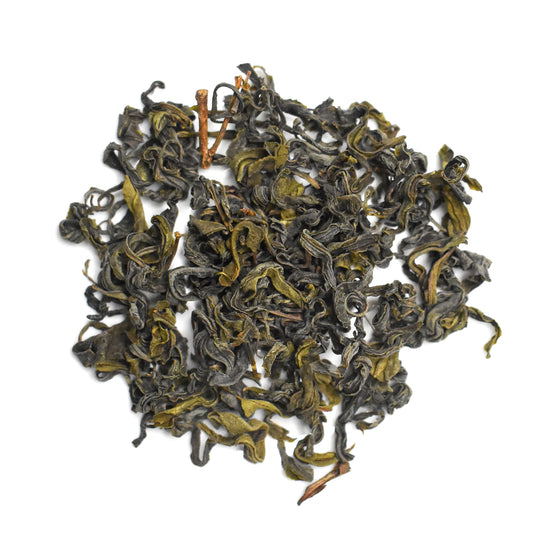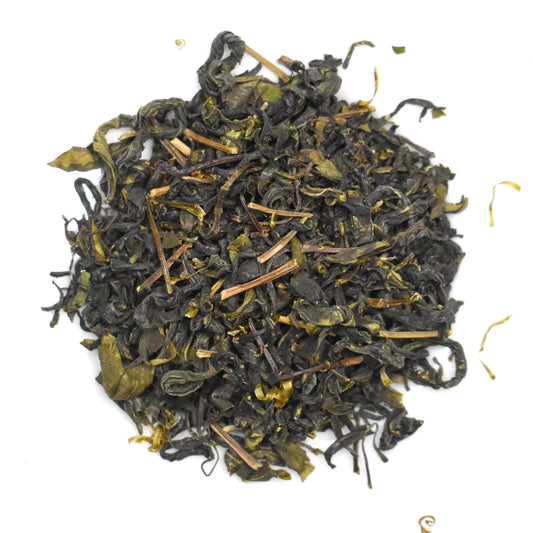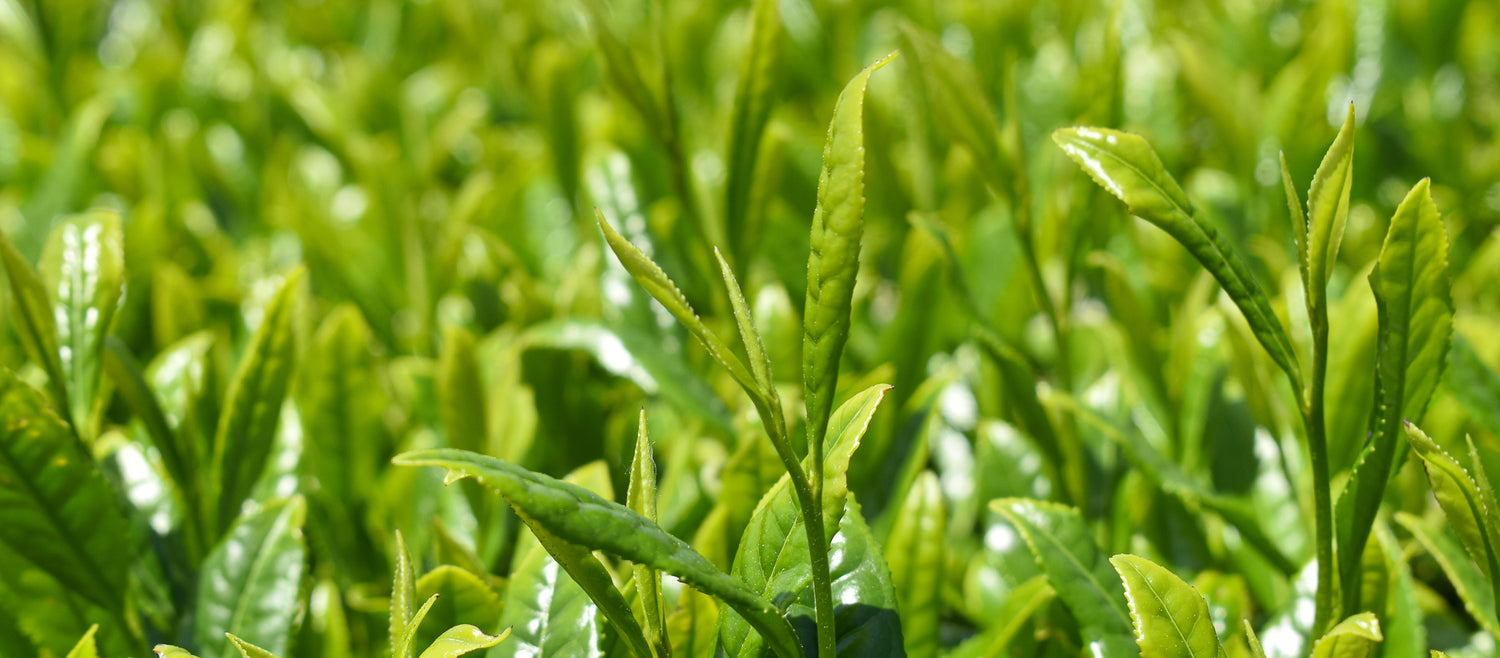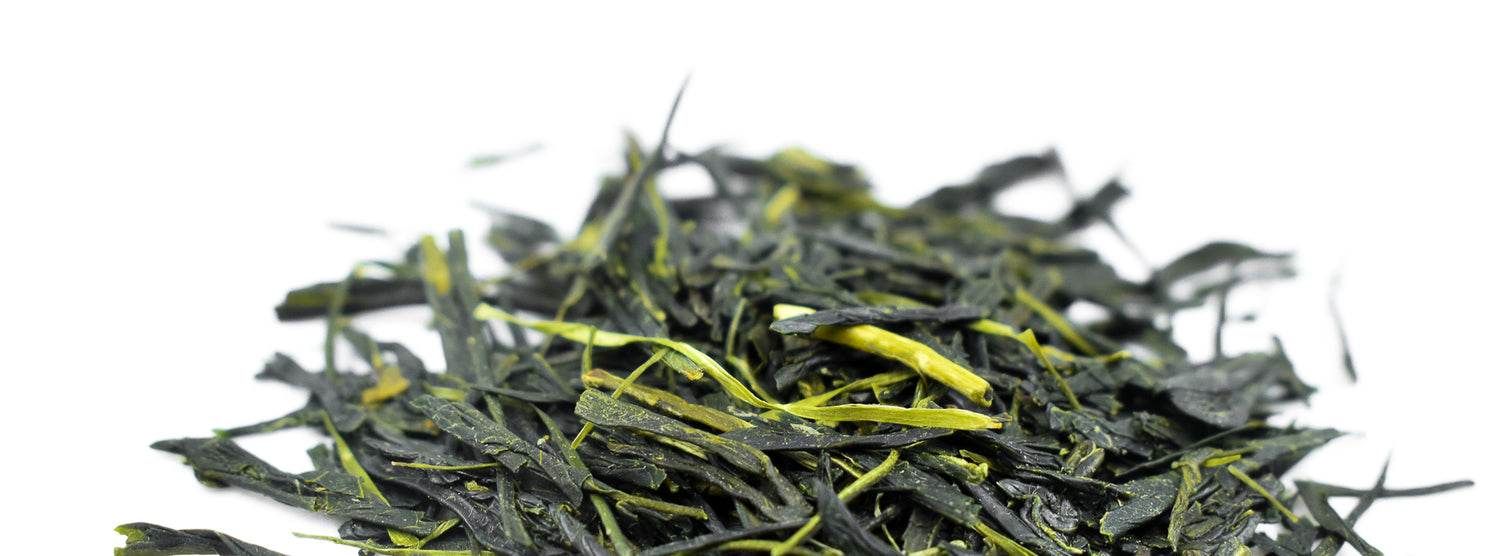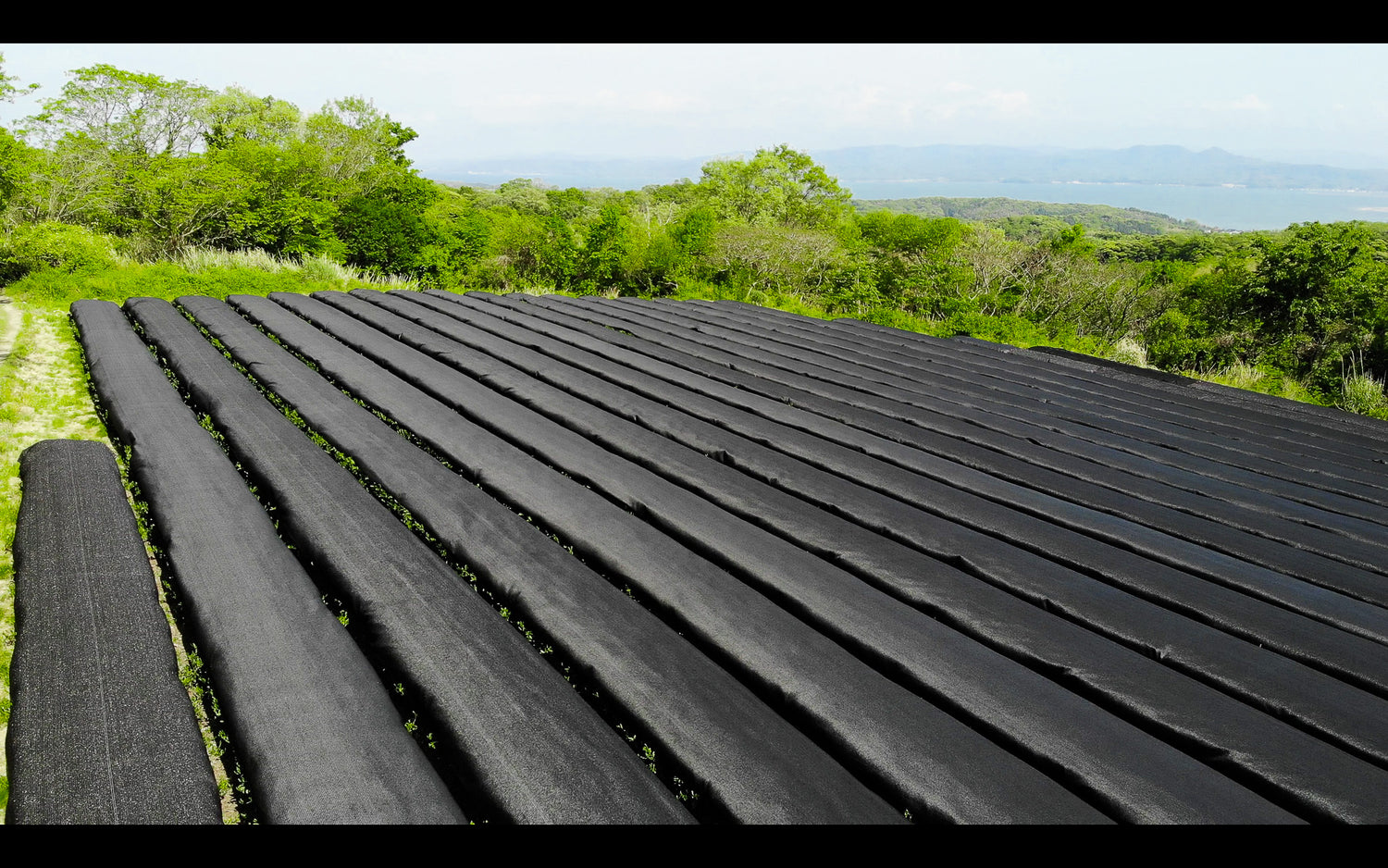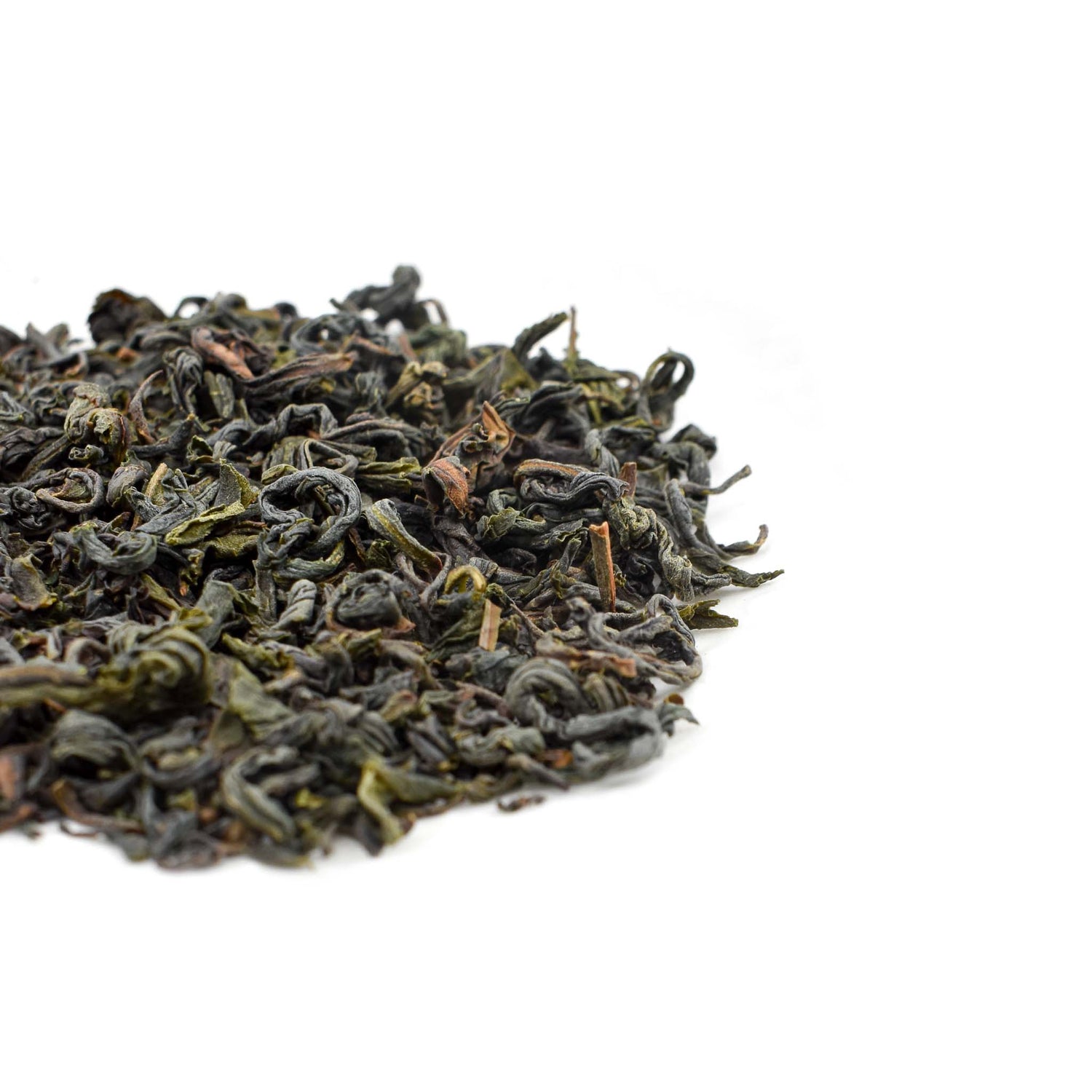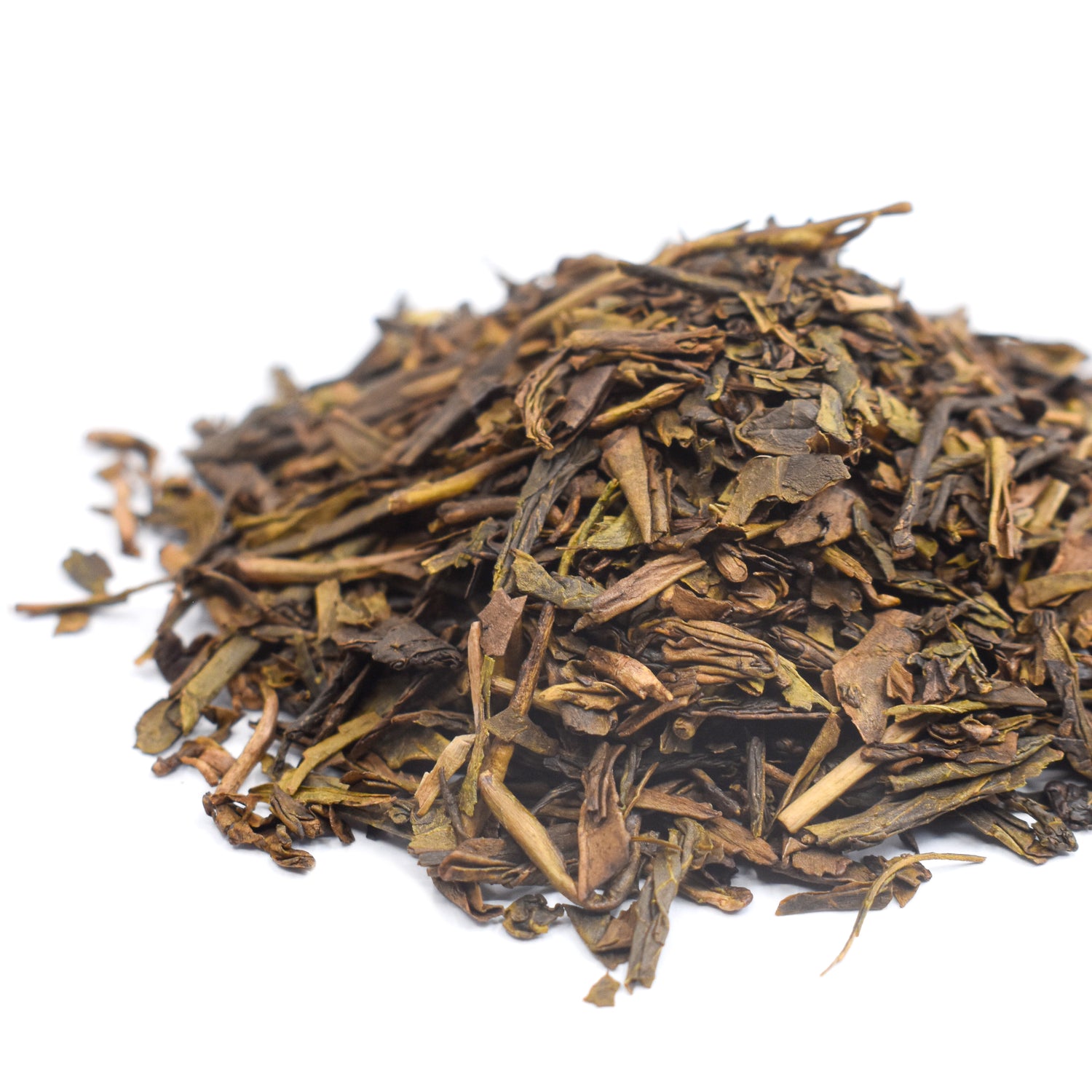-
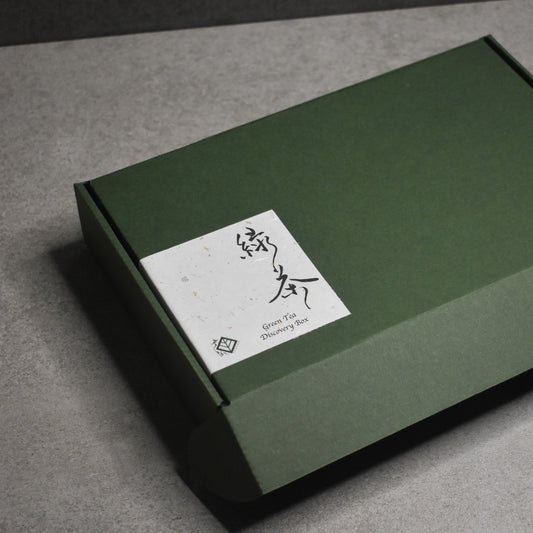 Sold out
Sold outGreen Tea Discovery Box
Regular price £23.00 GBPRegular priceUnit price per -
Izumo Seicha: Single Cultivar Saemidori Sencha 2024
Regular price From £5.00 GBPRegular priceUnit price per -
Uejima Tea Farm: Premium Wazuka Blended Sencha 2024
Regular price From £5.00 GBPRegular priceUnit price per -
Chiyonoen Tea Garden: Snowing Mountain Sakurabana Sencha 2024 Harvest
Regular price £7.50 GBPRegular priceUnit price per -
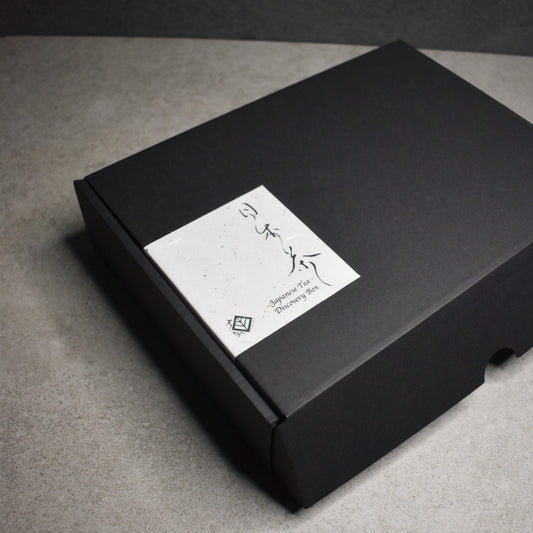 Sold out
Sold outNihoncha Discovery Box
Regular price £18.00 GBPRegular priceUnit price per -
Izumo Seicha: Kiwami Izumocha Sencha 2024
Regular price £9.00 GBPRegular priceUnit price per£12.00 GBPSale price £9.00 GBPSale -
Kurihara Tea Farm: Mountain Grown Yame Kabusecha
Regular price From £4.00 GBPRegular priceUnit price per -
Kaneroku Matsumoto-en: Smoked Spring Green Tea
Regular price £6.00 GBPRegular priceUnit price per -
Koukien Tea Garden: Asamushi Kabusecha
Regular price £16.00 GBPRegular priceUnit price per -
Yusando: Full Moon Ryokucha
Regular price £8.00 GBPRegular priceUnit price per -
Kajihara Tea Garden: Lemongrass and Kamairicha Green Tea
Regular price £8.00 GBPRegular priceUnit price per£9.00 GBPSale price £8.00 GBPSale -
Uejima Tea Farm: 2024 Single Cultivar Tsuyuhikari Sencha
Regular price From £3.50 GBPRegular priceUnit price per -
Ohana Botanica: Island Breeze - Spring Yuzu Citrus Sencha Green Tea
Regular price From £3.80 GBPRegular priceUnit price per -
Chasandai: Sakura Sencha with Sugared Sakura Leaves
Regular price From £4.50 GBPRegular priceUnit price per -
Yusando: Kamairicha
Regular price £7.50 GBPRegular priceUnit price per -
Kyoto Single Cultivar Spring Kamairicha
Regular price £10.00 GBPRegular priceUnit price per
Quick guide to shaded Japanese green tea . . .
-
Sencha
Unshaded (some minimal shading) Green Tea
-
Kabusecha
Light shading, one to two weeks before harvest
-
Gyokuro
Japanese green tea that is shaded for approximately 20 days before harvesting.
-
Tencha
Tencha are the shaded leaves that are used to create matcha. Tencha green tea leaves are shaded for approximately three weeks prior to harvesting.
-
Matcha
Matcha is created by stone milling tencha leaves , creating a fine green tea powder.
How to store your green tea?
Green Tea Processing Steps
-
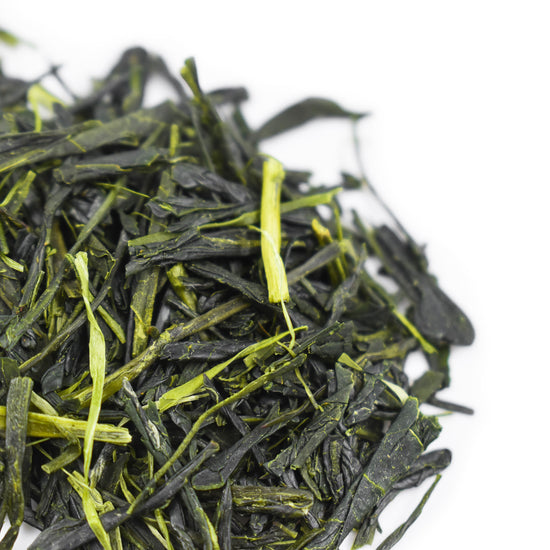
Aracha
Aracha is unrefined tea. The leaves will go through the standard steaming, cooling, rolling and drying process but the second round of sorting and cutting is not completed. This means that the stems and veins of the tea plant are still present in the tea.
This type of tea is often known as "farmers tea" as it is the tea that the farmers produce and enjoy themselves and often sell off to other factories and producers to complete the second stage of processing.
-
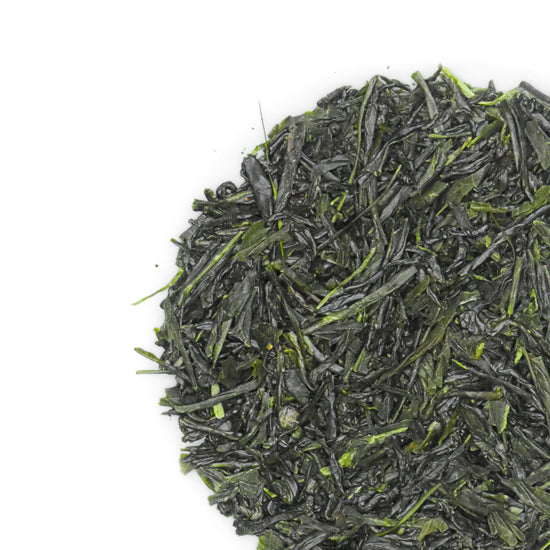
Shiagecha
Shiagecha is tea that has gone through the second refining process. After drying these tea leaves will be sorted, removing the stems, viens and any fine leaf hairs, before being cut and fired to bring out more strength of flavour and sometimes blended.
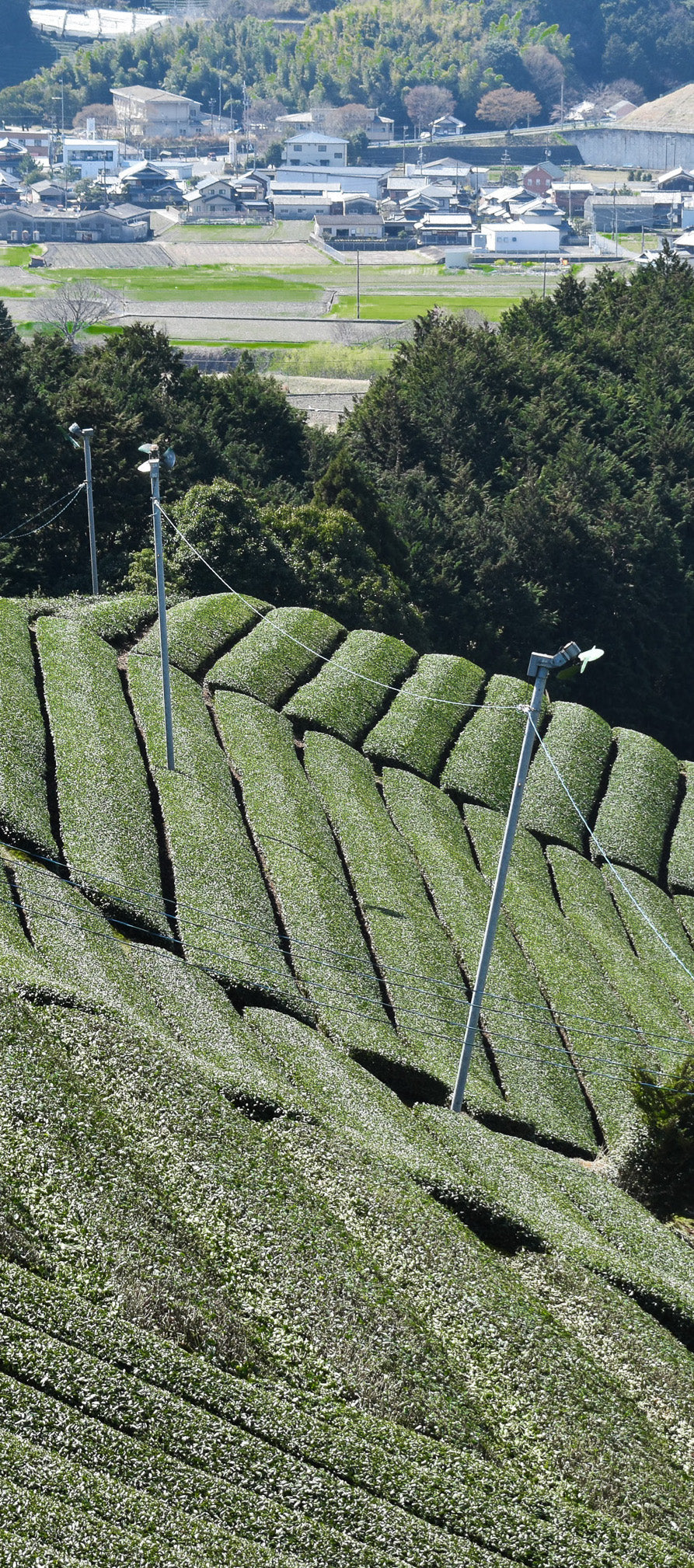
Sencha Green Tea, how is it produced?
Sencha is the most common green tea enjoyed and produced in Japan. It is generally unshaded but some farmers have started to shade the plants for a few days before harvesting to help the umami in the plant develop slightly.
Sencha is produced from the buds and first two leaves of the tea plant. It can be produced from the spring, summer and autumn harvest. Depending on when the tea is harvested the flavour of the tea can vary greatly.
As soon as the leaves are picked they are immediately steamed to stop the oxidation process. The length of the steaming can vary to create different styles of sencha tea.
After the cooling the tea leaves are then rolled and kneaded to create the distinctive sencha needle shape. This rolling and kneading technique was developed in the 1730’s in Uji. The process helps to preserve the shape of the tea leaf while simultaneously breaking down the cell walls which helps the dried tea leaves to release their flavour more easily. The kneading process also helps to squeeze out excess moisture within the leaves.
The last stage in the initial processing is to dry the leaves to remove the last of the moisture.
This tea is then ready to be drank as Aracha or to be further processed by sorting, cutting firing and blending into Shiagecha.
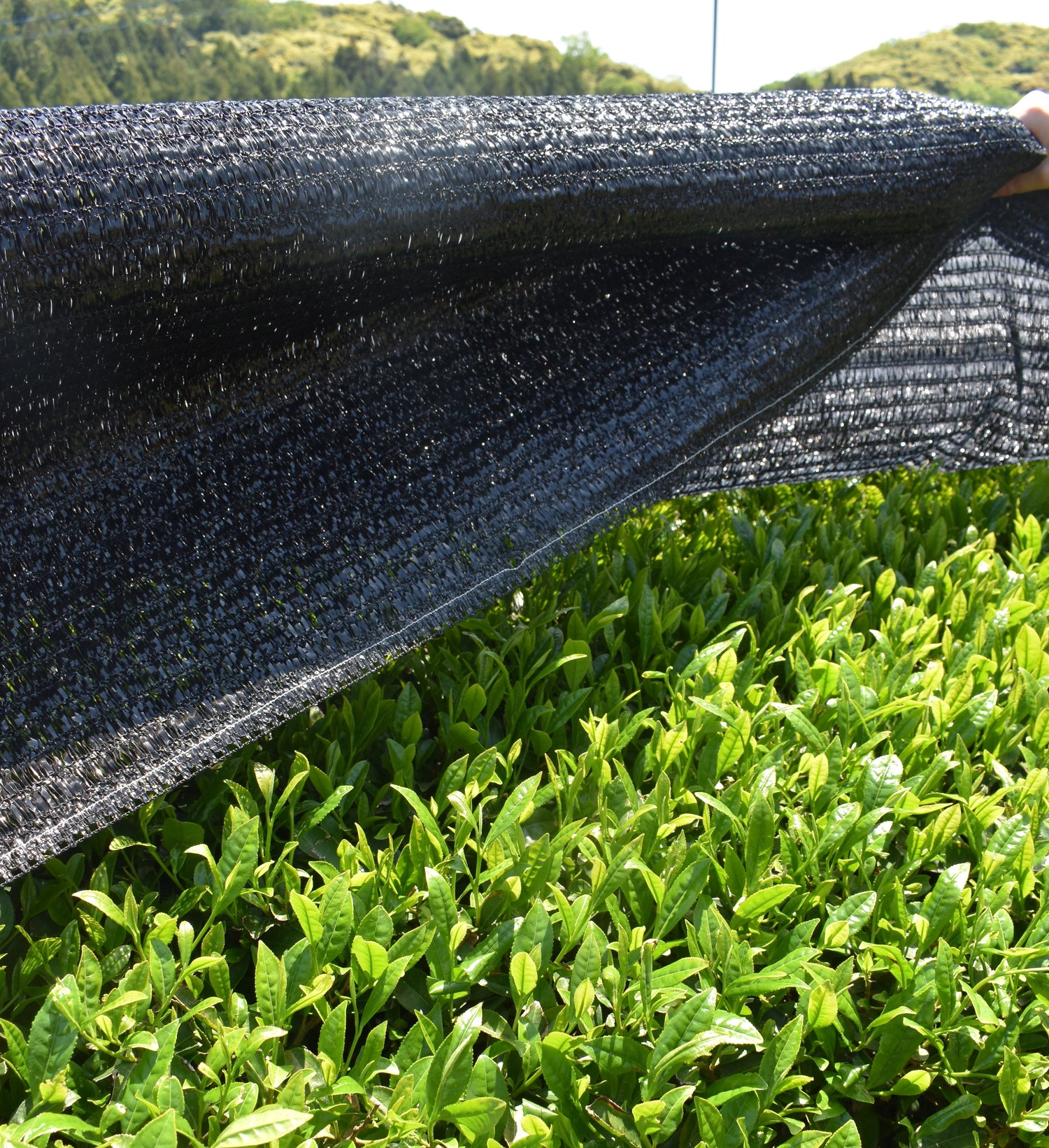
Kabusecha
Somewhere between Sencha and Gyokuro, Kabusecha goes through light shading prior to harvesting. Depending on the farmer this could be anywhere from one to two weeks.
The shading enables new leaf shoots to develop without exposure to sunlight allowing the amino acids which bring out umami flavour within the green tea to develop, reducing the amount of astringent catechins in the leaf.
Kabusecha green tea has a beautiful balance of bitter notes, sweetness and umami rich flavour.
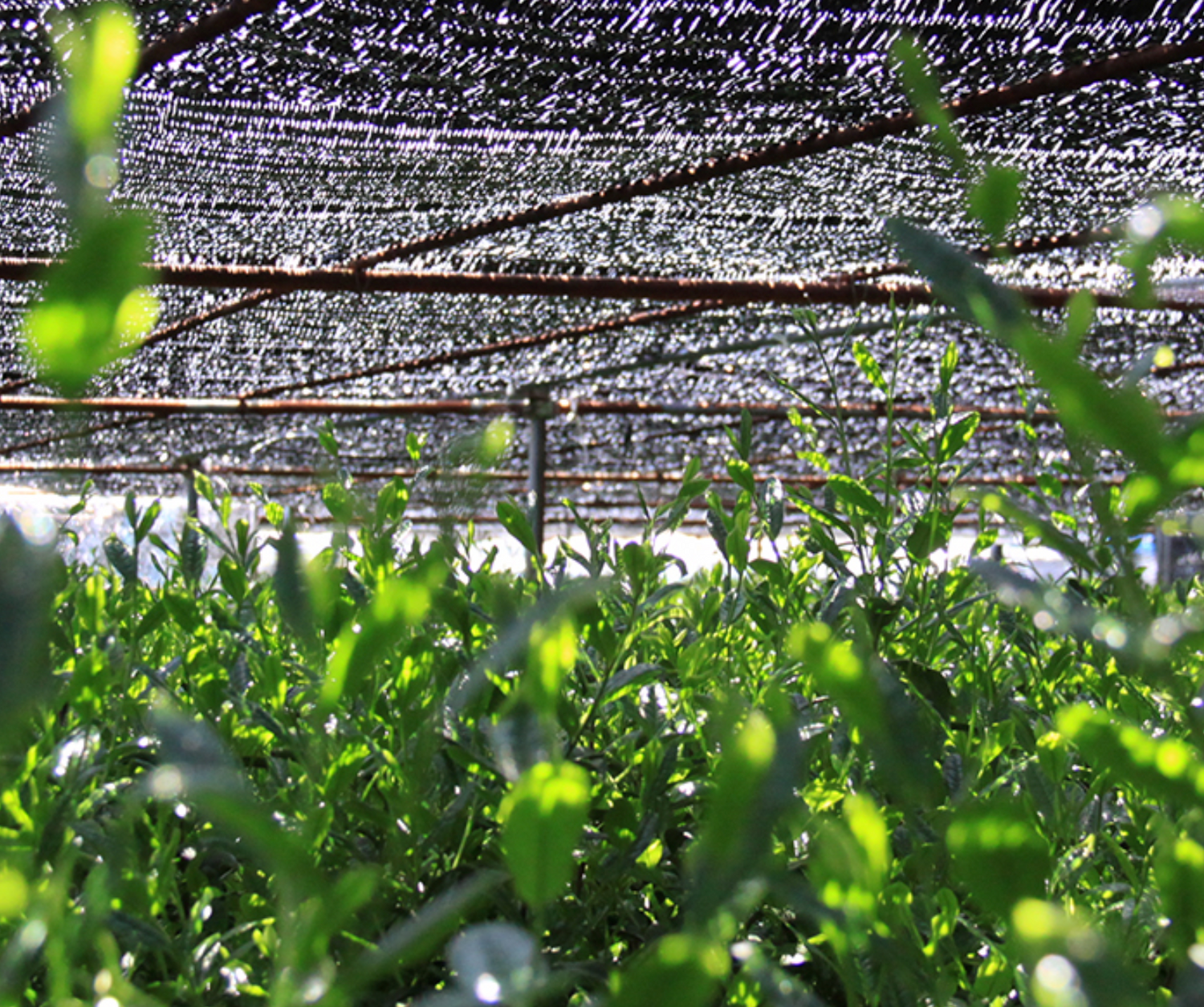
Gyokuro
Gyokuro is considered to be one of the highest grade teas in Japan. it is processed in the same way as other green tea but the cultivation is slightly different.
The tea bushes are covered for at least 20 days before harvesting with either cloth or reed screens. These screens block out most of the light from the plants allowing new shoots to grow in the dark.
When the tea plant grows under shading the catechins, which give us bitter flavours, are suppressed and the amino acids, in particular L-theanine, increase resulting in greater levels of umami and sweetness, and less astringency and bitterness.
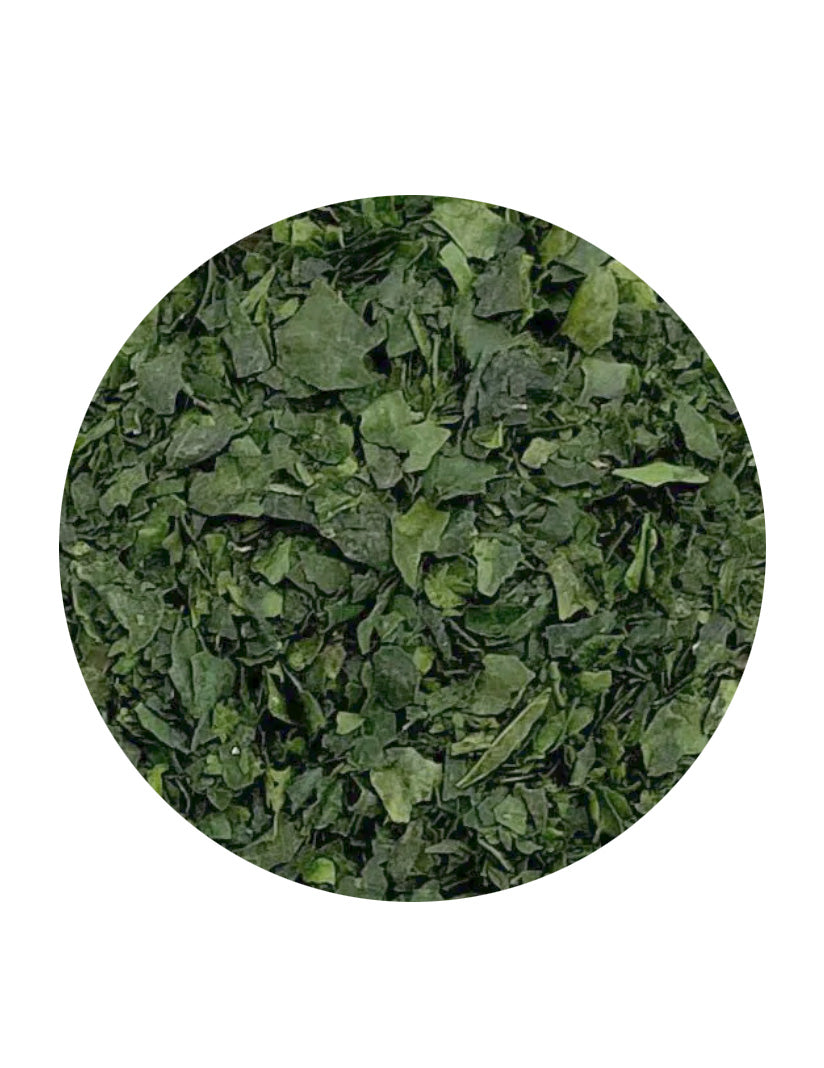
What is Tencha?
Tencha are the leaves that are used to create matcha tea powder.
These leaves go through a similar process to other green teas. They are quickly steamed after harvesting to stop oxidation but instead of being rolled or kneaded they are simply cooled and then dried. The leaves will go through sorting to remove the stalks and stems before they are stored and then later ground.
Tencha tea leaves are left for around 3-6 months to mature after processing. This allows the resulting matcha powder to have well balanced flavour profiles.
Japanese Green Tea and Steam
When producing green tea it is extremely important that the leaves are steamed directly after harvesting to prevent oxidation. The length of time the leaves are steamed affects the look and flavour of the final product. It is important to note that there is no standardised rule for the length of steaming and that these definitions do vary slightly region to region.
-
Asamushicha 浅蒸し茶
Asamushicha is lightly steamed green tea. Typically the steaming time is under 40 seconds.
You can think of this as being similar to lightly cooking vegetables. The full leaf is left in tact without breaking, the taste is fresh with slight astringency and is most similar to the raw leaf. The brewed tea will be clearer than other teas as there is less leaf breakage.
-
Chumushicha 中蒸し茶
This can be considered standard tea. A middle ground between Asamushi and Fukumishi steaming. Somewhere between 40-60 seconds.
-
Fukamushicha 深蒸し茶
Fukamushi green tea is deep steamed. The steaming is over 60 seconds and up to 3 minutes. The result of this longer steam time is that the leaves become more 'cooked'. These leaves are then more brittle when dried and consequently flake into smaller pieces. The resulting tea will have a deeper colour and flavour with more sweetness and will usually be slightly cloudy as the smaller particles of tea sit in the water.
